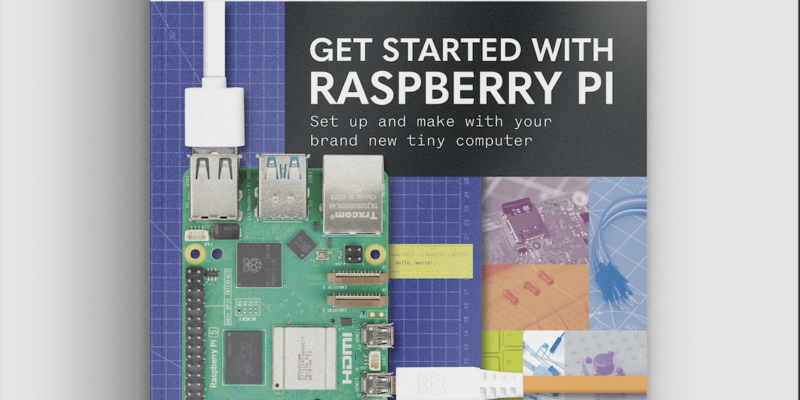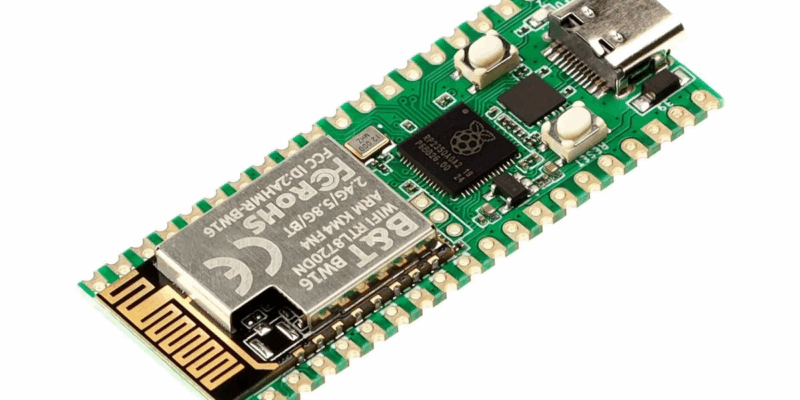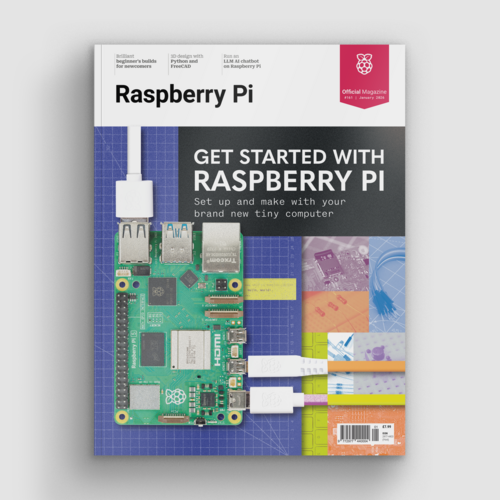PicBerry: Oscilloscope and Function Generator
By Russell Barnes. Posted

Cornell students use a Raspberry Pi to create Digital Oscilloscope and Function Generator.
Advertisement
Get started with Raspberry Pi – everything you need to know to start your journey!
PicBerry is a Digital Oscilloscope and Function Generator created by students at Cornell University.
Function Generators are used to create different types of electrical waveforms. They're incredibly handy when learning how to diagnose and test problems with electrical equipment.
The waveforms created by a function generator are observed using an oscilloscope.
Advitya Khanna, Jeff Witz and Danna Ma are researchers at Cornell University. They've used a Raspberry Pi to create a device that performs both tasks at once. This is ideal for learning how electrical waveforms work.
"We created an affordable Digital Oscilloscope and Function Generator that is able to plot and produce (at the same time) generated electric signals (voltage) changing over time along a calibrated scale," says the group.
See also: Cornell University: PicBerry
A PIC32 is used to create the waveform. It uses the DMA Channel to create a waveform without using any CPU cycles of the Raspberry Pi.
This leaves the Raspberry Pi free to monitor the waveform and produce a digital display and interface.
Building a PicBerry Oscilloscope
Accordingly, you control the frequency and amplitude of the waveform from the Raspberry Pi. This is then displayed back on the screen, and you can zoom in and out of the display.
"Our Digital Oscilloscope and Function Generator provides a simple, easy to use alternative,"the Cornell students explain. It "provides the functionality from both these devices for less than $50."
"Even better, you can carry our device with you in your backpack," they note. "So that you do not need to come into lab" to learn how waveforms work.
As a result of this low cost approach, you don't need much to build a PicBerry:
- PIC32
- Raspberry Pi
- DAC
- Potentiometer
"The Raspberry Pi is responsible for the plotting of data onto a desktop monitor," say the students. "The PIC32 is exploited for its real-time properties of being able to sample the ADC and generate analog functions (waveforms)."
If you want to make a PicBerry, you'll find diagrams and each component on the project website, along detailed descriptions of the components.

Russell runs Raspberry Pi Press, which includes The MagPi, Hello World, HackSpace magazine, and book projects. He’s a massive sci-fi bore.
Subscribe to Raspberry Pi Official Magazine
Save up to 37% off the cover price and get a FREE Raspberry Pi Pico 2 W with a subscription to Raspberry Pi Official Magazine.
More articles

Get started with Raspberry Pi in Raspberry Pi Official Magazine 161
There’s loads going on in this issue: first of all, how about using a capacitive touch board and Raspberry Pi 5 to turn a quilt into an input device? Nicola King shows you how. If you’re more into sawing and drilling than needlework, Jo Hinchliffe has built an underwater rover out of plastic piping and […]
Read more →

Win one of three DreamHAT+ radars!
That’s right, an actual working radar for your Raspberry Pi. We reviewed it a few months ago and have since been amazed at some of the projects that have used it, like last month’s motion sensor from the movie Aliens. Sound good? Well we have a few to give away, and you can enter below. […]
Read more →

RP2350 Pico W5 review
It’s Raspberry Pi Pico 2, but with a lot more memory
Read more →
